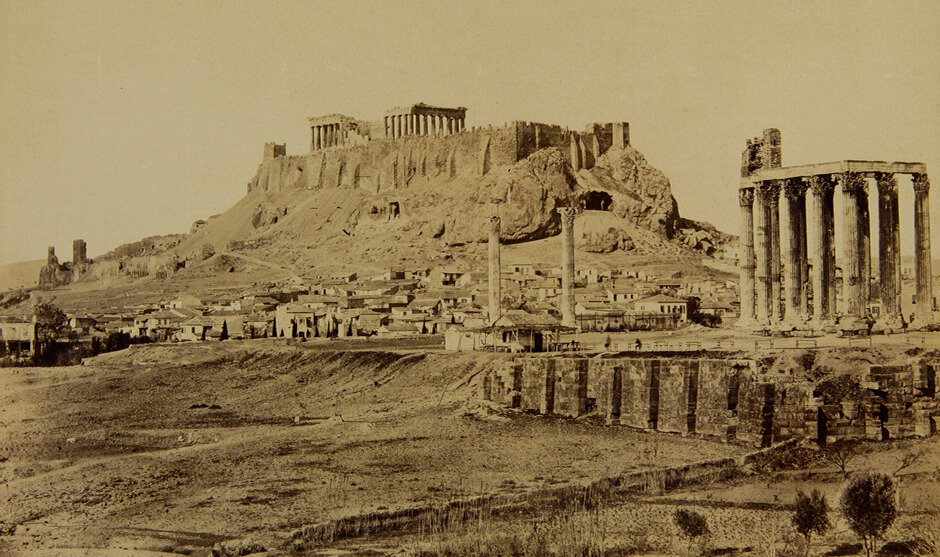Ancient Greek architecture: 3 main orders
Ancient Greek architects aimed for the accuracy and craftsmanship of Greek art in general. They created the formulas as early as the sixth century B.C. have impacted architecture throughout the last two millennia.
Ancient Greek architecture grew into separate orders during its early ascent in the Classical period. Architectural orders are many column styles distinguished by a mix of ornamental motifs on the entablature, base, and column. In the later Roman era, the orders were given names. The first three orders were designed by Greek architecture known as Doric, Ionic, and Corinthian. Each of these orders was distinguished by distinctive elements in its columns, used in formal, public structures like stadiums and theaters.
Doric Order
The Doric order is the first of the three classical architectural orders. It marks a crucial period in Mediterranean architecture when monumental construction transitioned from temporary materials, such as wood, to permanent ones, mainly stone.
Doric-style columns were generally set close together, without bases, and concave curves molded into the shafts. The caps of Doric columns were simple, having a rounded part at the bottom (the echinus) and a square at the top (abacus). In early forms, the echinus is flat and spread, rising from the top of the column-like a circular cushion to the abacus, which supports the lintels.
The Temple of Hephaestus is the most complete example of Doric columns, built almost completely of marble between 449 and 415 BCE.

Ionic order
The Ionic Order was founded in Ionia, a coastal area of what is now called Turkey, and got its name from there. It is distinguished primarily by the scroll-like ornaments called volutes on Ionic column capitals, and the column base supports are not present on Doric columns.
Ionic columns, developed in the same era as the Doric Order in the mid-sixth century BCE, found their way to mainland Greece the next century, with many of the country's landmarks erected in the Ionic style.
The bright example of Ionic architecture is the Temple of Artemis at Ephesus which was once considered one of the Seven Wonders of the World. The temple was built by Croesus, King of Lydia, in 550 BCE. The temple, also known as Artemisium, was remarkable for its vastness, which stretched over 350 feet by 180 feet, and the beautiful works of art that graced it. Invading Goths eventually destroyed the temple in 262 CE.

Corinthian order
The Corinthian order is the most recent and ornate of the Classical architectural orders. In contrast to the Doric and Ionic orders, the Corinthian order arose straight from the Ionic order in the mid-5th century BCE. The Corinthian order, named after the city of Corinth, is differentiated from the Ionic order by its more elaborate capitals carved with stylized acanthus leaves.
The frieze of the Corinthian entablature was typically ornamented with continuous sculptural reliefs, with the figures lifted from the surface but not totally freestanding.
An example of Corinthian architecture is the Temple of Olympian Zeus, also known as the Olympieion, which was a massive temple erected over many centuries, beginning in 174 BCE and eventually finished by Roman emperor Hadrian in 131 CE. Thanks to its extraordinarily towering columns and ambitious structure, the temple was one of the biggest ever erected in the ancient world.





